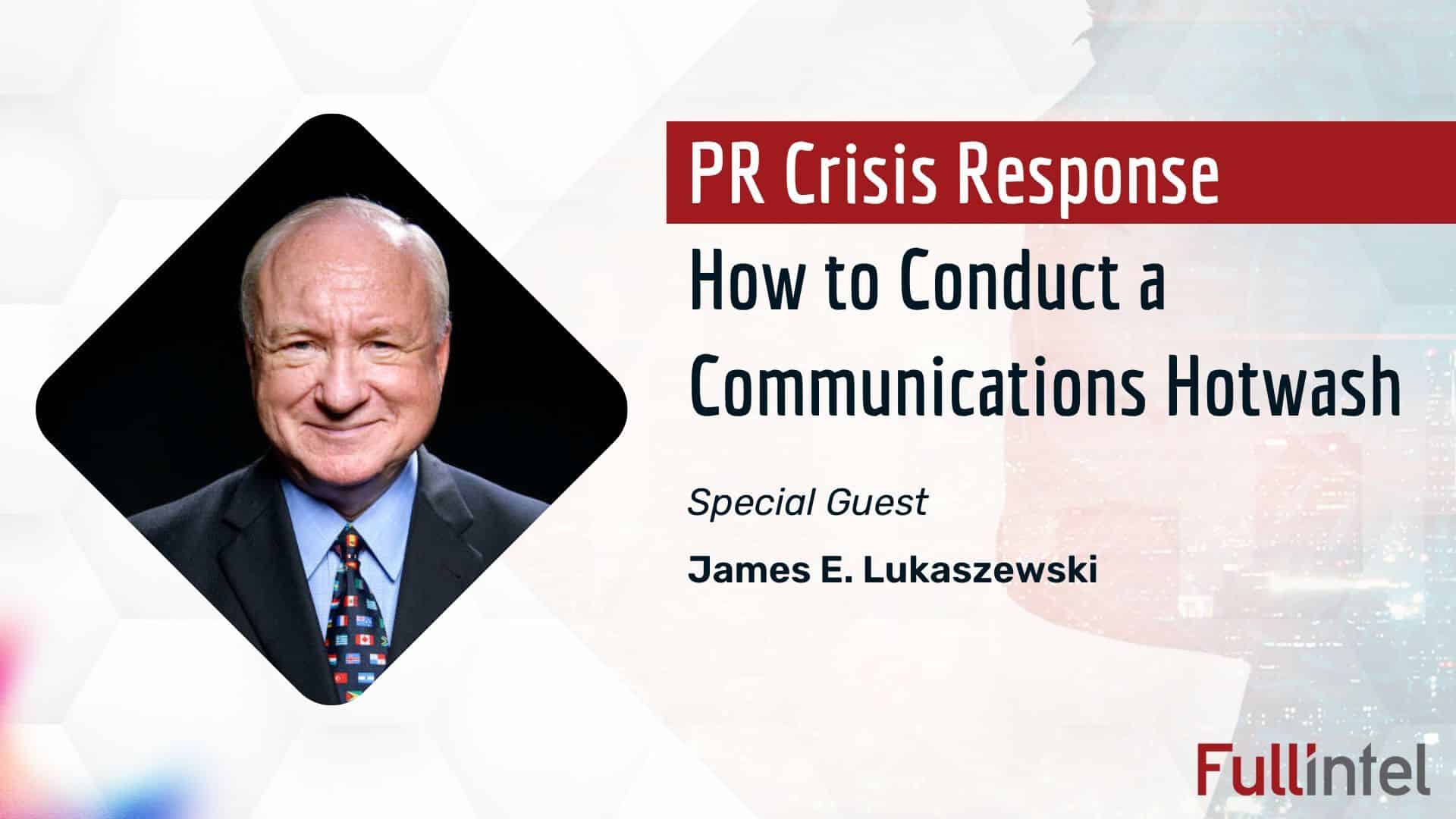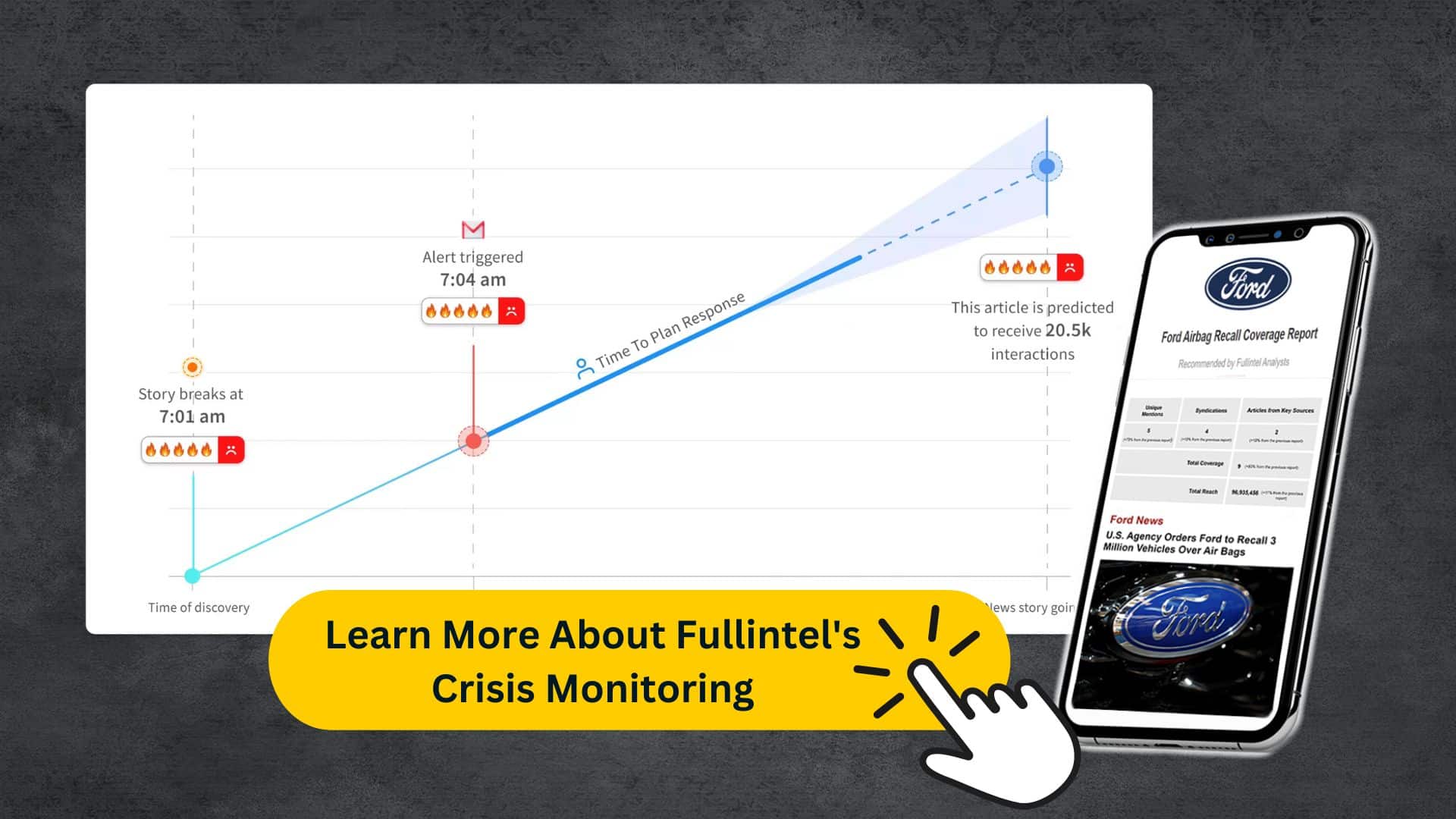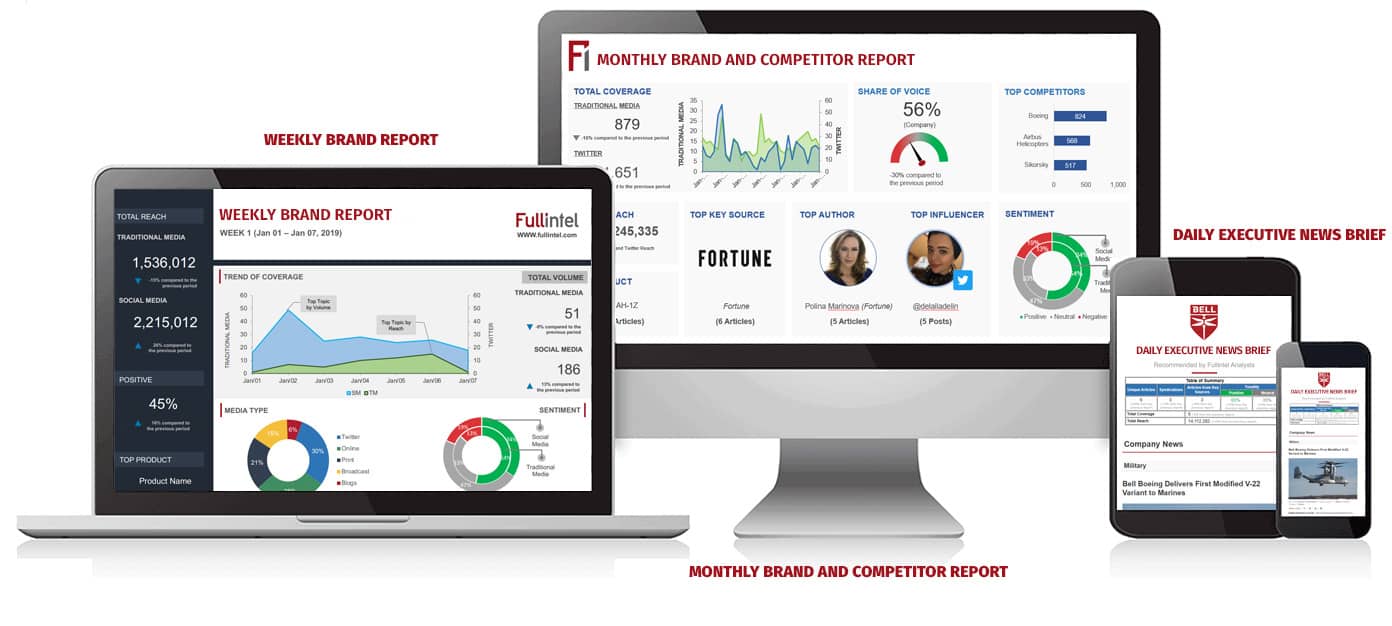
In the military and emergency preparedness communities, after-action reports – also known as “hotwashes” – are vital to ensure teams stick to the plan and execute at a high level while learning from their mistakes.
The same is true for those in the communications trenches, both during and after a fast-moving crisis.
And while the PR space is decidedly less intense – or dangerous – than either of the above fields, most comms experts agree crisis communications post-mortems are a must. Here’s a breakdown that explains the details of conducting an effective after-action report, and why they’re important.
What is ‘Hotwashing’ in Crisis Communications?
We mentioned that hotwashing sessions (also known as after-action reports, or AARs) were initially developed by military and emergency response teams as a structured approach for reflecting on the work and effectiveness of a group. AARs have been produced following large-scale events such as Hurricane Katrina and the U.S. military withdrawal in Afghanistan.
While hotwashing isn’t a widely-used term in PR, debriefing everyone involved in the crisis response through a comprehensive review once the acute stage has subsided is well established – although not always followed.
But it should be, argues Inspire PR Group’s Hinda Mitchell in PR Daily. Although it’s natural to want to move on and try to forget about a stressful crisis, Mitchell says it’s imperative to revisit the process to determine what went right, what didn’t go so well, and what teams can improve on the planning side.
“The learning that you get and the perspectives of different team members are critical to decision-making going forward,” she writes.
James (Jim) E. Lukaszewski, a crisis communications expert who has appeared in media outlets such as BBC News and Bloomberg, says organizations usually find themselves in one of three situations when a crisis hits:
- There is no crisis comms plan
- There’s an outdated plan (any plan older than 36 months needs a full overhaul)
- There’s a plan inherited from previous leadership or other teams (likely needs to be updated or rewritten)
While an after-action report can’t evolve a comms plan overnight, it can contribute significantly to organizational learning by evolving plans to better tackle the next crisis. And smaller, real-time reports produced during the crisis can help keep tabs on and potentially adjust your current crisis response.
What are Hotwashing Sessions All About?
Lukaszewski, also known as America’s Crisis Guru, recommends that his clients perform a series of battle-tested steps to address any communications crisis. One of those steps is the hotwash/AAR session.
An internationally recognized speaker and expert on crisis management and employee communications, Lukaszewski says AARs must include an open and honest professional discussion involving everyone on the team. AARs should focus on the results of the team’s work, while identifying ways to encourage crisis response elements that worked and developing ways of removing barriers to success.
With this in mind, he says hotwashes generally focus on the following broad questions:
- What was expected to happen?
- What actually occurred?
- What went well, and why?
- What can be improved, and how?
Mitchell points to several specific questions comms teams can ask during a hotwash to make sessions as effective as possible and improve the communications response to future crises. These questions include:
- How prepared was the team overall?
- How did spokespeople perform?
- Were the right people on the crisis team, or do tweaks need to be made?
- Did we reach our critical audiences?
- Did our response prevent the crisis from escalating?
- What was the media and social media reaction to the crisis, and how well was it managed?
- How well did communications collaborate with other departments, such as operations?
Along with the overarching AAR, Lukaszewski also recommends producing brief check-ins – also known as “exposure reports” – in close to real-time as the crisis churns.
These exposure reports are similar to an AAR, and can be produced daily or multiple times daily to keep senior management as appraised as possible of the realities on the ground and their potential impact on the company. “Things happen so quickly,” he explains, “so I’m talking as frequently as every 15 minutes for a while.”
Lukaszewski recommends keeping these reports confidential, limiting them to senior management, and limiting distribution to just hard copies that must be returned within 48 hours.
Why is Hotwashing and After-Action Reporting Important?
While AARs should include everyone involved in the crisis response, that’s easier said than done in a business environment that’s often obsessed with looking forward instead of backward. “In the military, your life depends on these reports,” explains Lukaszewski. “But in the civilian world, it can be really hard to convince people to sit through these things.
“But they’re crucially important because we tend to go through (crises) so rapidly and superficially.”
Indeed, one of the most important elements of a hotwash is to keep your internal communications and messaging on point, Lukaszewski explains. Employees talk, after all – to their families, their friends, and other people – and can be your first line of defense in a crisis.
Inspire PR’s Mitchell says these debriefs also provide “the opportunity to understand where things went right, where things went wrong, and what related improvements might be made to the crisis response program.”
Conducting an AAR isn’t just for fine-tuning grand strategy, however. A comprehensive hotwash can benefit even the tactical elements of your crisis response, such as keeping contact information of key stakeholders up to date in crisis plans and evolving plans to include modern threats such as cybersecurity in the work-from-home era.
But even though many communications teams conduct after-crisis post-mortems as a matter of course, media measurement expert Katie Paine says they’re not always useful. “The problem is they only work if you have good data that informs you on what worked or didn’t work,” she says.
“If you don’t have good media measurement data, you’re screwed because everyone will listen to their gut and blame something or someone else.”
Conducting a Crisis Communications After-Action Report: Best Practices
Lukaszewski outlines three broad steps for conducting a successful hotwash:
Step 1: Planning. This step includes planning the logistics of the meeting, including who will be the facilitator (or meeting leader) and how much time should be allotted (he recommends around 20 minutes per team member). Ideally, the facilitator should be from another department to provide a different perspective.
Step 2: Conducting the hotwash. This includes introducing and setting up the AAR, and guiding the group through the review by asking the questions listed above. Most AARs include media analysis reports and data to determine the impact of the crisis, how the team’s response affected this impact, and how media and public sentiment evolved over time.
This step also involves devising ground rules for the meeting, including the setting of expectations such as:
a) The requirement for active participation (everyone must participate)
b) Everyone’s views have value
c) Don’t assign blame
d) There are no wrong answers
Step 3: Sharing the results. Like a tree crashing to earth in the woods, an AAR may as well not exist if no one knows it occurred. That’s why one of the most important steps is disseminating lessons learned from the AAR and applying those lessons to future plans, work, and teams.
Comms teams should provide a clear summary of actionable recommendations to improve planning and processes, identify tasks that require leadership attention, and share these reports with the appropriate company leadership.
The Importance of Accurate Media Data in Crisis Communications
Conducting a hotwash or after-action report is essential for evaluating your team’s performance and ensuring you’re ready for the next crisis. But an AAR is usually only as good as the crisis communications media data available to your team.
After all, you’re largely flying blind without clean and accurate media data to measure the impact of the crisis – and your response – on your brand and stakeholders. Human-curated media measurement services such as Fullintel also offer regular media briefings throughout the day, to ensure your comms team and executives are never caught flat-footed during a fast-moving crisis.
Get in touch with us today to set up a 30-minute, interactive demo on Fullintel’s crisis communications measurement services.




